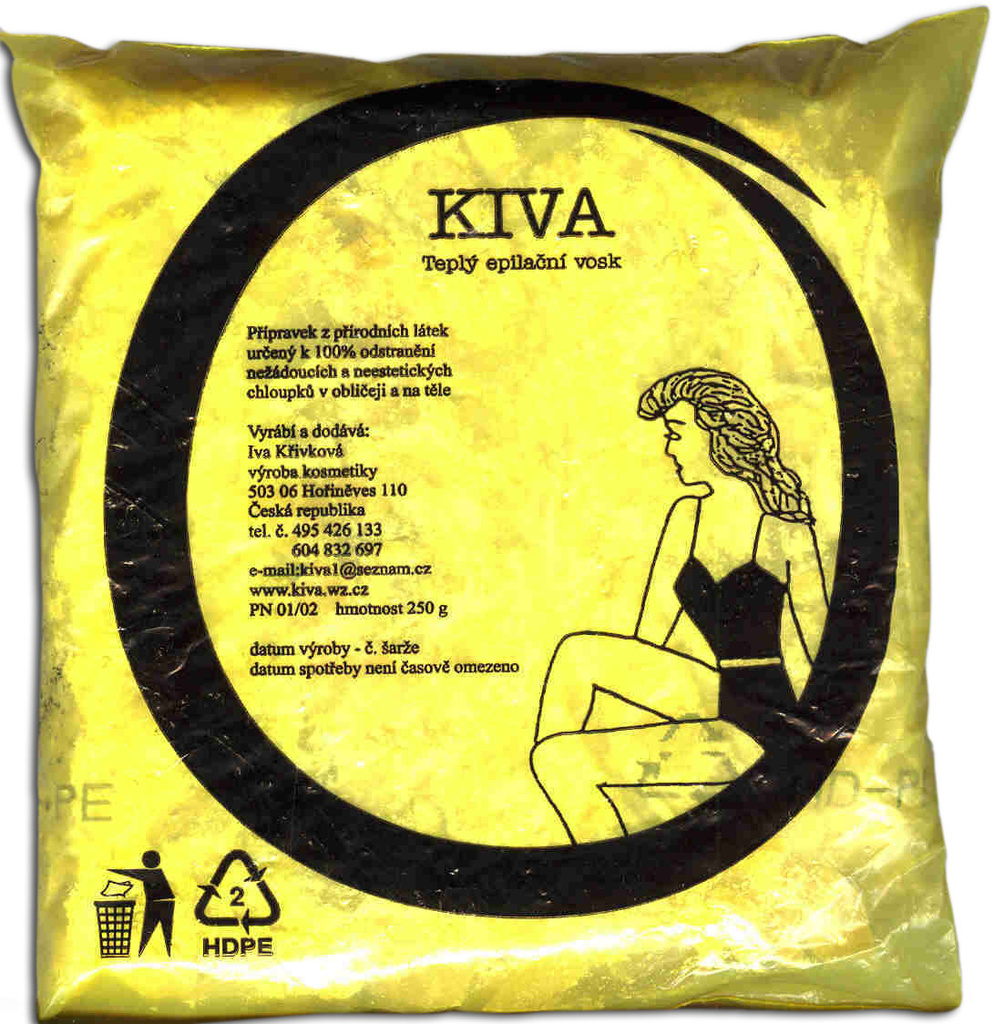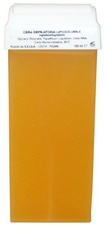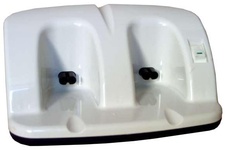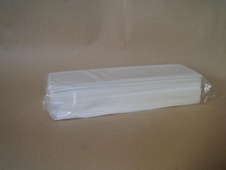Shaving and depilation of the whole body
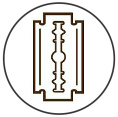 Where bleaching of unwanted beards or hair is ineffective or has no desired effect, we must use methods to remove it. Chemical and physical methods can be used to completely remove beards and hair. Chemicals are based on the disruption of the keratin structure by chemical means, while physical methods are either mechanical or involve the effects of an electric current.
Where bleaching of unwanted beards or hair is ineffective or has no desired effect, we must use methods to remove it. Chemical and physical methods can be used to completely remove beards and hair. Chemicals are based on the disruption of the keratin structure by chemical means, while physical methods are either mechanical or involve the effects of an electric current.
7 items

RYOR After Shave Balm 100 ml
€ 6.9
In stock
A gentle, light emulsion intended for the daily treatment of men's skin irritated by ...
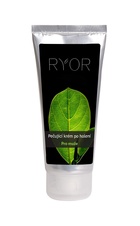
RYOR aftershave care cream for men 100 m...
€ 8.2
In stock
Lightweight, quickly absorbed cream that provides treatment and soothing the skin aft...

RYOR shower gel 3 in 1 for men 250 ml
€ 6.9
In stock
Shower gel with elegant men's perfume, it is also used as a shampoo and conditioner.
...
Procedures for removing beards or hair by chemical or mechanical means are short-lived, as they do not prevent the growth of new hair mass. However, the use of an electric current hits the root, which makes further hair growth virtually impossible.
Depilation is a set of physical or chemical procedures in which hair or beard is removed at the surface of the skin, that is, where it grows out of the skin.
Epilation involves methods of removing an entire hair or beard organ, either by tearing or using an electric current. The oldest and at the same time the most common epilation means are the so-called epilation waxes. They are applied warmly on the hairy parts of the legs or hands and after cooling, the solidified wax is sharply peeled off. If this epilation method is performed correctly, 60 to 80% of all hairs will be removed. Epilation waxes are usually mixtures of white beeswax, rosin and mineral oil. Some preparations are also based on raw natural rubber in a volatile organic solvent. During epilation, hairs with roots break in, creating small wounds that must be treated immediately with a suitable antiseptic solution or cream.

 Hair conditioners and mousses
Hair conditioners and mousses
 Hair colors mystic.cz
Hair colors mystic.cz
 Styling gels, waxes and hair glosses
Styling gels, waxes and hair glosses
 Hair sprays
Hair sprays
 Decolorizing agents
Decolorizing agents
 Overflows and emulsions
Overflows and emulsions
 Hair care / regeneration
Hair care / regeneration
 Hair shampoos
Hair shampoos
 Permanent wave
Permanent wave
 Thermal hair protection
Thermal hair protection
 Hair powders for volume
Hair powders for volume
 Problematic oily acne skin
Problematic oily acne skin
 For wrinkles
For wrinkles
 Gift and travel packages
Gift and travel packages
 UV creams
UV creams
 Normal to combination skin
Normal to combination skin
 Make-up removal, cleaning and toning
Make-up removal, cleaning and toning
 Dry and sensitive skin
Dry and sensitive skin
 100% skin oil
100% skin oil
 Shaving and depilation
Shaving and depilation
 Body cosmetics
Body cosmetics
 Lavender cosmetics
Lavender cosmetics
 Solar and sunscreen cosmetics
Solar and sunscreen cosmetics
 For a solid body
For a solid body
 Shower gels and soaps
Shower gels and soaps
 Hand care
Hand care
 Body scrubs
Body scrubs
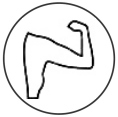 Deodorants
Deodorants
 Children's cosmetics Ryor
Children's cosmetics Ryor
 Decorative cosmetics
Decorative cosmetics
 Eyelash and eyebrow colors
Eyelash and eyebrow colors
 Make-up from Ryor
Make-up from Ryor
 Loose and solid powders
Loose and solid powders
 Aluminum foil, cotton wool, paper
Aluminum foil, cotton wool, paper
 Blades, knives, attachments
Blades, knives, attachments
 Cleaning and disinfection
Cleaning and disinfection
 Hairdressing aids
Hairdressing aids
 Hair brushes and combs
Hair brushes and combs
 Cosmetic brushes
Cosmetic brushes
 Scissors, razors
Scissors, razors
 Coats, gloves, hats
Coats, gloves, hats
 Staples, pinets, clamps
Staples, pinets, clamps
 Candles
Candles

 Creams with UV factor
Creams with UV factor
 Sun hair cosmetics
Sun hair cosmetics
 Cosmetics for tanned skin
Cosmetics for tanned skin
 Solar cosmetics
Solar cosmetics
 Skin care after sunbathing
Skin care after sunbathing
 Cosmetics for smooth and firm skin not only in swimwear
Cosmetics for smooth and firm skin not only in swimwear
